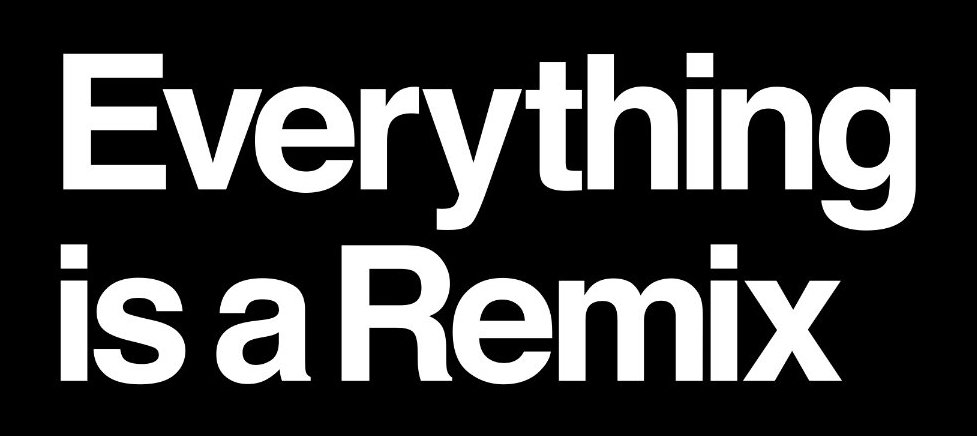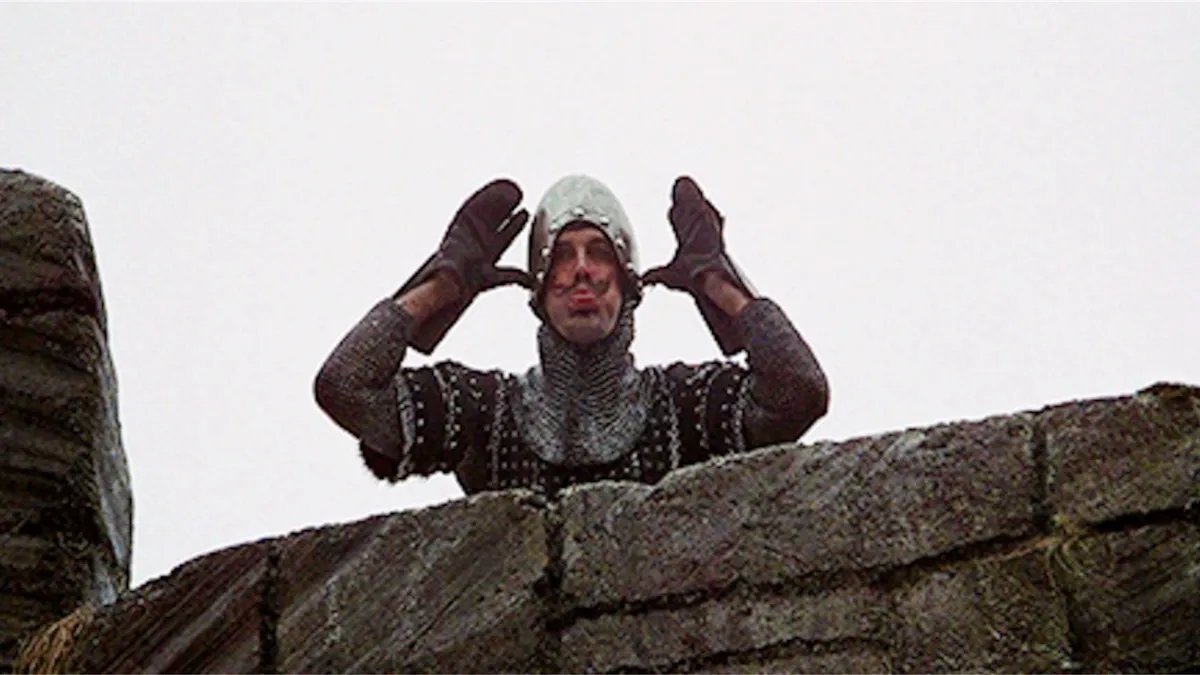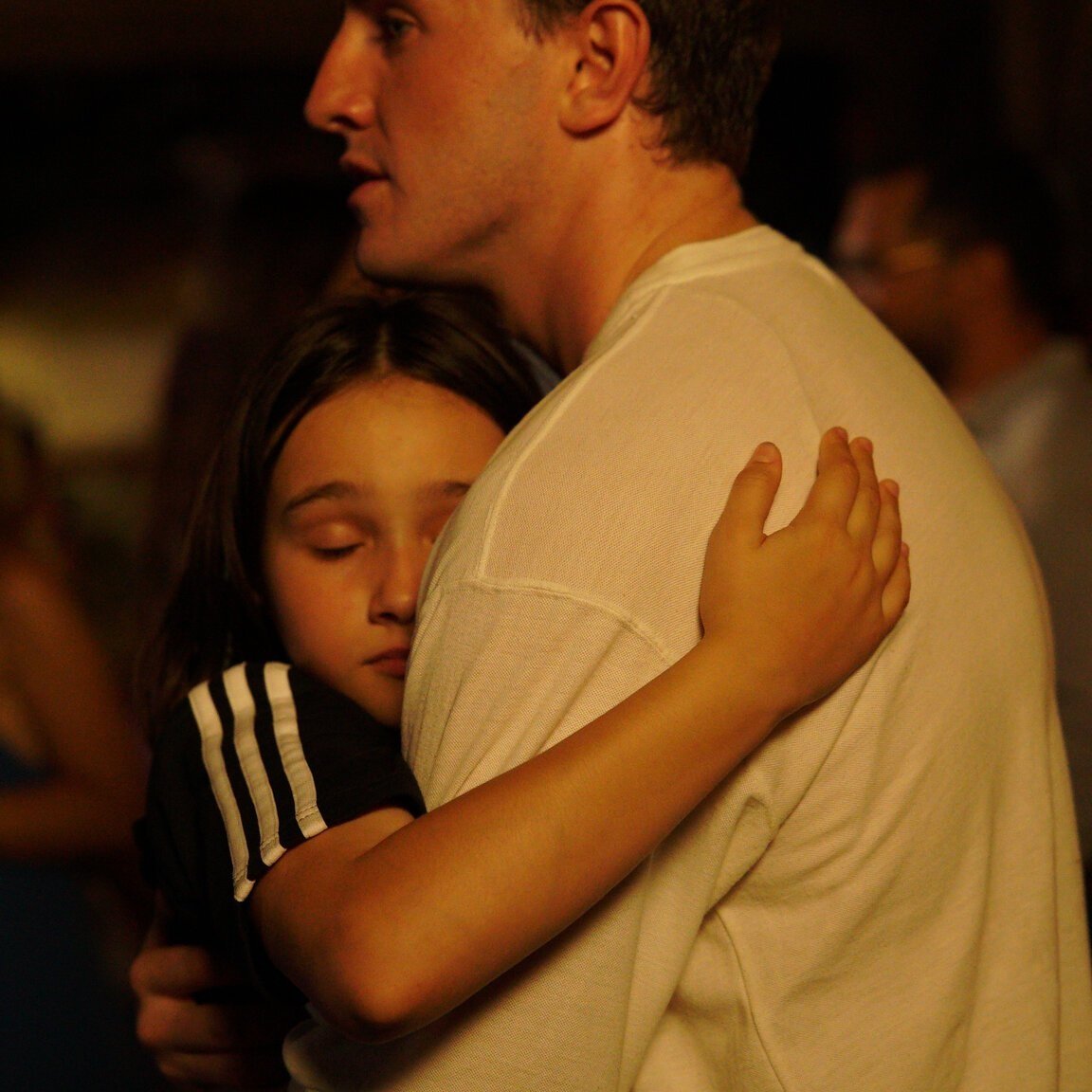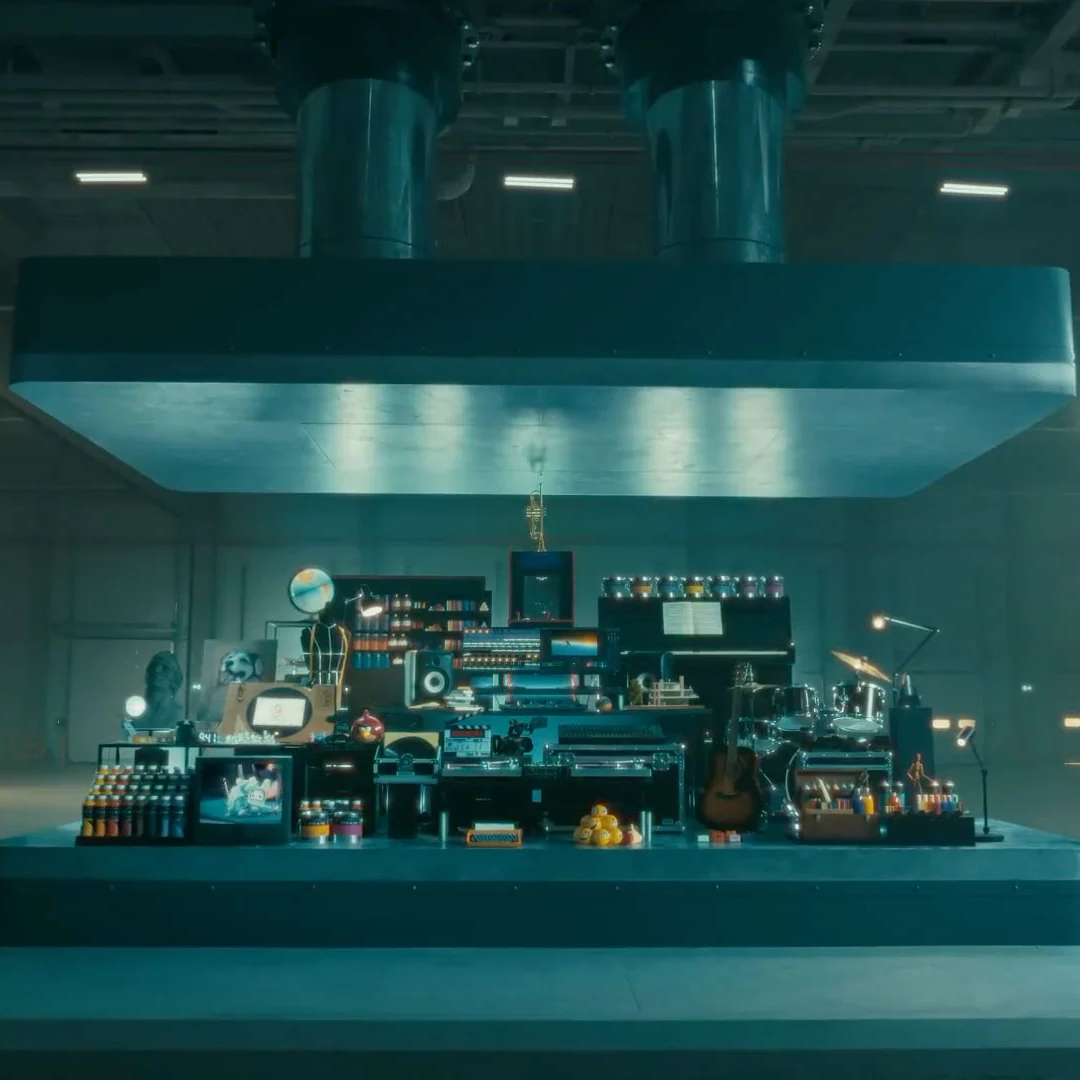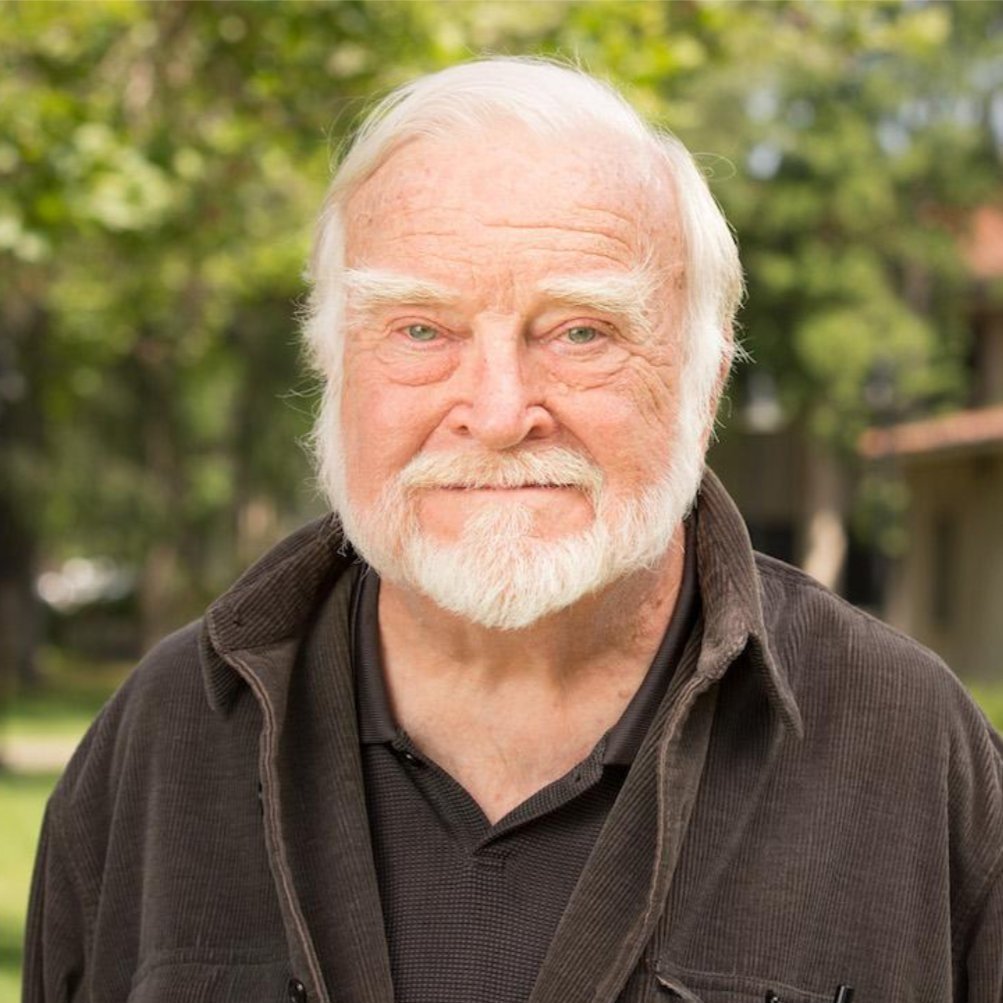Apple knows AI is for gruntwork
Apple’s presentation of their upcoming AI implementation
If you’ve followed me for a while, I’ve spoken plenty about how Apple’s genius is not invention.
Apple didn’t invent the graphical user interface or MP3 players or smartphones or wireless earbuds or smartwatches or VR headsets. They created extraordinary versions of these products.
Apple’s superpower is integration. They control software and hardware so they can integrate new technologies in unique ways and create superior experiences.
Apple’s entry into AI follows its standard template. They’ve remained on the sidelines for a while watching things develop, now they’re stepping in to do something exceptional.
This AI integration is major and will affect much of your experience on Apple devices. Here are the features that struck me.
A whole new brain for Siri
Apple has actually been in the AI game since 2011 when they introduced Siri. Alas, Siri has always been pretty bad. Most of my requests just resulted in Siri sending me to a web page. Siri has improved over the years, but I only trust it for very basic stuff like setting alarms.
Modern AI could enable Siri to work the way it was always supposed to work. Execution is everything and we’ll see how well the new Siri functions in action. The margin for error will be quite small. A few nonsensical replies and a messed-up calendar appointment will be enough for plenty of users to bail.
AI is for gruntwork
A major theme of my ChatGPT course is that generative AI is for gruntwork. It’s best at tedious chores, the sort of stuff you would hand off to an intern if you could. If you’re creating something important, you cannot trust AI alone to do it.
Apple appears to be positioning text generation features in a modest way suitable to their real-world use.
The major upcoming features are summaries, proofreading, and rewriting. Summaries have long been one of the most solid features of text generators, and proofreading and rewriting are both effective as long as you also use your judgement. Having these features available everywhere on your device is a big win and this part of Apple’s plan should be a lay-up.
Curb your enthusiasm about Apple image gen
Apple is also integrating image generation into the operating system. Image gen is not very useful and I don’t expect that to change here. I mean, check out this image from their presentation.
An example of Apple’s image generation
That is a brain in the middle, that much is clear. But surrounding it is a bunch warped, mangled musical paraphernalia that looks like somebody drew it with their off-hand.
Apple’s highly-skilled marketing professionals got those results. Ours will be worse.
Apple actually demonstrated how you can use image generation in a slidedeck. People, presentations are important. Our ideas live or die in presentations. Do not put AI images in your slides.
Overall, though, Apple’s image gen emphasis seems to be on personal uses like emojis, avatars, and personal messages. This is where image gen can work, when the images are just for you and your friends and don’t have to withstand public scrutiny.
Apple AI arrives this fall
Apple Intelligence launches this fall as part of their system upgrades. Again, execution will be everything. A major frustration with AI is its sizable failure rate. It won’t take many bad replies for typical users to simply give up on it.
The operating system is the natural habitat for AI. Having AI available to you everywhere, rather than just in an app, is potentially a game-changer and I look forward to this upgrade.
By the way, Apple dubbed its foray into AI, Apple Intelligence. So in Apple-speak, AI now means Apple Intelligence. That is so Apple.
AI music just made the leap. Here's my take.
I’m building a system for creativity. Read more about it here. Pre-order this week and save 50%. Offer expires Friday, June 7th. Get it now.
As generative AI’s various forms have evolved, they’ve mostly made a sudden leap from bad to good – or at least alright.
Text generation did it. Code generation did it. Image generation did it. And AI music just did it.
I checked out AI music late last year and then wrote this.
I’ve not ventured deep into AI-generated music. Why? Because. It’s. Awful.
Well, that was then. AI music made the leap to good.
The breakthrough is Suno, which is the GPT of music. You can hear a variety of samples at the site.
There are still many issues, but overall, its results are good enough, especially for instrumental tracks. Most importantly, it’s useful.
I actually see a clearer path forward for AI music than AI images, which I still struggle to find a purpose for. AI music could be one of the most impactful forms of generative AI. Here’s why.
Music is very flexible, very plastic
Music is the most abstract of arts. It doesn’t necessarily need to sound entirely right in order to sound good to us.
Images are different. Images have to look right. If that hand has 6 fingers, ya blew it. The weird artifacts of AI music can become a style, just like record scratches and autotune and digital glitches did.
Music can also be remixed with incredible flexibility. Working around its quirks is straightforward with the established software tools.
Generic music is useful
Generic is what AI is good at. Generative AI’s superpower is mediocrity. It can do fine, excellently.
Music is often a support player, not the star. For instance, most video content has music in the background. Unless you’re producing high-end projects, good enough music can work fine in your mix.
Stock music is gonna take a hit. If your business is based on making generic music, it gives me no pleasure to say that I think your business will need to fundamentally change.
A word of caution
I think something that many of us get wrong is this: we assume this velocity is normal.
We think leaps like the one AI music just made will happen again and again until AI’s are human level. But we’ve not seen these leaps recur yet. After that initial jump, development seems much more incremental. Don’t be surprised if we see the same here.
Will video be next?
The final media form that has not made the leap is video. This will be the toughest challenge. Creating a long sequence of images that all look right and also look right playing one after another at high speed – that’s a lot that can go wrong. And working around the glitches is not possible with current software.
What about Sora? The demos of OpenAI’s upcoming video generator looked great, but we’ve now seen actual work getting done with Sora and the results look a lot more like the wonky AI video we already have. Don’t be surprised if AI video’s leap doesn’t arrive with the public release of Sora.
Best!
Kirby
P.S. We also have deep discounts on exclusive coaching and mentorship opportunities. Book a session or sessions with me and I will help you do better creative work. These prices are ending this Friday as well.
I'm Building a System for Creativity
I've been fascinated by systems since I was a teen.
The first system that captured my imagination was the Mac. Why did it feel so much better to use? And why did I feel so much better using it?
And why did Windows feel so dreary?
And then there was DOS! There were poor, wretched souls typing God-knows-what into DOS all day.
I couldn't articulate it but I knew systems were important. They didn't do your work for you, but they could make it way easier or way harder. With the right system, you were pedalling downhill.
What does a system do?
A system empowers you by providing not just tools, but a framework—a coherent and purposeful way of working, of solving problems, of imagining possibilities.
And systems aren't just software.
If you're into Getting Things Done or personal knowledge management or AGILE or bullet journalling or time blocking, these are systems. They’re mental interfaces that shape how you work.
I've told stories about systems, but I've never tried to make one myself and share it. I'm working on that now.
Introducing The Remix Method: A Creative Operating System
The Remix Method is built on the best thing I've ever done, Everything is a Remix. It's delivered in the form of a video course, along with plenty of supporting resources and tools. This is software for your mind.
The objective is to take the guesswork out of your creative process and help you consistently generate original ideas and bring your projects to life.
Everything is a Remix was the story. The Remix Method is the system. It's like open-source software for your mind – a flexible, customizable framework you can hack to suit you.
I also have exclusive one-on-one coaching and mentorship opportunities. Book some time with me and I will raise your game. These prices end Friday as well.
The Two Phases of Creativity: Open and Closed
John Cleese: Comedy and Creativity Innovator
Have you ever felt like this when walking out of the theater after watching a great movie?
Your vision is sharper, sounds are more detailed, familiar smells are more vivid. It's like your senses are in overdrive, and the world around you has slowed down.
This is the feeling we get when we experience great art. But it's also the feeling that fuels the creation of great art.
This feeling is the open mode. You're not just thinking about mundane tasks like where you parked or whether you need a bathroom break. You're curious. You're interested in your surroundings. You're open.
This feeling is where creativity springs from. Your imagination is open.
But we can't be open all the time. Plenty of the time, you just need to get things done. When you're on a deadline, when you're doing something boring but important, when you're trying to finish a major project.
Sometimes, we need to go into closed mode. This is how we focus on specific tasks and complete them.
The creative process flows between these two phases: open and closed.
Initially, you're in the open mode—connecting disparate ideas, exploring tangents, and envisioning strange new possibilities. Creative thinkers don't limit their minds to the practical.
But if we stay in the open mode, we might travel in circles and never get anywhere. After a while, you've gotta do the work and make the thing. You need to go into the closed mode.
In the closed mode, we narrow down possibilities. Simply put, you're less creative. You focus on what's in front of you and how can improve it—or even just complete it. (Yes, sometimes you gotta just do the best you can and finish it.)
You don't just flip a switch from open to closed mode. It's a transition that takes place over the hours, weeks, months, or years that you work on a project.
The idea of open and closed modes isn't mine, nor was it devised by a theorist. This concept comes from a wildly creative person: John Cleese of the legendary comedy troupe, Monty Python. You can dive deeper into his insights here.
Best!
Kirby
Pre-order my new course, book a coaching session
The Creative Upgrade (One-Time Consult)
Unlock Your Creative Potential with a One-Time Consult
Are you ready to elevate your creative game? Introducing The Creative Upgrade, a one-hour, one-on-one video consultation tailored specifically to your needs. Whether you’re looking to refine your work, tackle creative challenges, or gain fresh insights, I’m here to help you succeed.
What You Get
The Remix Method course: Plus the Everything is a Remix Toolkit Bundle FREE ($70 Value)
Personalized 50-Minute Video Conference: We’ll dive deep into your creative process, challenges, or projects with tailored, expert guidance.
Detailed Transcript: Receive a complete transcript of our conversation for future reference and continued growth.
Flexible Scheduling: Book your session at a time that suits you. (Sessions must be completed in 2024.)
Why Choose The Creative Upgrade?
Expert Insights: Benefit from years of experience and a fresh perspective on your creative endeavors.
Actionable Feedback: Get supportive, constructive feedback that you can immediately apply to enhance your work.
Significant Savings: Pre-order now to take advantage of our special introductory pricing.
Let’s Make It (Mentor Meeting Series)
Bring Your Creative Project to Life with Expert Guidance
Are you ready to take your project from concept to completion? Introducing Let’s Make It, a comprehensive consulting package designed to help you create your masterpiece through six personalized one-on-one video sessions. Whether you’re working on a complete project or just starting a first draft, I’m here to be your mentor, cheerleader, and Yoda.
What You Get
The Remix Method course: Plus the Everything is a Remix Toolkit Bundle FREE ($70 Value)
Six Video Conference Sessions: Receive tailored guidance and support over six sessions, scheduled at your convenience. The first and last meetings are 80 minutes each; the rest are 50.
Detailed Transcripts: Keep a record of our conversations to reference and build upon as you progress.
Flexible Scheduling: Start your sessions whenever you're ready, with all sessions to be completed in 2024.
Exclusive Bonus
Special Thank You: Your name will be featured in the closing credits of the course!
Why Choose Let’s Make It?
Expert Mentorship: Benefit from my experience and personalized coaching to help you stay on track and achieve your goals.
Supportive Feedback: Receive constructive, actionable insights that propel your project forward.
Accountability Partner: Stay motivated and accountable with consistent check-ins and encouragement.
Spaces are limited, so secure your spot today!
Looking for my video production workshop? That’s over here! That one is a cohort workshop entirely dedicated to video production.
Pre-order my next course, The Remix Method
I'm thrilled to announce that pre-orders are now open for my upcoming on-demand video course, The Remix Method!
This course is the culmination of my creative journey, distilling years of experience into an accessible and fun format. Think of it as "Everything is a Remix: The Course."
What You’ll Learn
The curriculum is still being developed but here’s a glimpse of what you’ll learn.
How I Got My Big Idea: The origins of Everything is a Remix revealed
Mastering Copy, Transform, and Combine: Harness the basic elements of creativity
Case Studies in Remixing: See how giants like A24, Greta Gerwig, James Clear, and Eddie Van Halen achieved success through remixing.
The Truth About Inspiration: Uncover the real secrets behind inspiration
Finding Your Unique Style: Learn how to develop and hone your personal style
Navigating Copyright: Understand how to obey (and occasionally disobey) copyright law
10 Great Ideas in 10 Minutes: Quickly learn the greatest creative ideas from other thinkers
Essential Tools of the Trade: Equip yourself with the best tools for creativity
And much more! (Content may evolve as the course develops.)
Why Pre-Order?
Exclusive Early Bird Pricing: Save money by ordering now.
First Access: Be the first to experience the course upon release.
Special Bonus: Get the Everything is a Remix Toolkit Bundle FREE ($70 Value)
Mark Your Calendar: Launch Date – September 6, 2024
Get ready to boost your creativity this summer and start the fall with fresh, innovative ideas. While life might throw curveballs, I’m gunning to launch on schedule – just like my last course!
The Remix Method (The Video Course)
Over 2 hours of on-demand video content, plus worksheets, exercises, and other goodies.
Plus! Get the Everything is a Remix Toolkit Bundle FREE ($70 Value)
My Oddest Invention
I have a unique creative workflow trick. I call it The Odds System. It’s possible I copied it, but I think I invented it. Although “invent” might be a lofty term considering how simple this is.
The Odds System is a quick and easy way to file stray bits that don’t fit with what you’re working on but might be useful later.
Here’s how it works.
Let’s say you’ve got a good sentence, but it doesn’t fit your article. That sentence is “odd.” “Odd” as in “different.” “Odd” as in “odds and ends”.
Cut that good sentence
Scroll to the end of your doc
Add the heading “Odds”
Paste in the sentence
Other stray bits get pasted into Odds as you continue writing and editing the article.
Mostly what gets pasted into Odds is gone forever. But sometimes you miss that part you cut and decide it does belong. It’s now easy to put it back in.
The Odds System is less permanent than deleting text. It lets you move quickly with minimal friction.
Another trick I often do is this.
You’re not sure if a part needs to be in or out. Do this.
Cut the bit
Paste it in Odds
See if you miss it
If not, great, you just shortened and simplified the piece.
Turns out you need it, it’s in Odds.
And here’s The Odds Sytem's killer feature: sometimes a cut bit grows into a new piece. This happens for many creators – the next thing grows out of some misfit fragment from the last thing.
And you can use the Odds system in work other than writing. When I’m editing, I also create an “Odds” timeline where I paste in clips that don’t fit.
That’s The Odds Systems. Try it out.
And call it whatever you want, but “odds” is quick to type.
Finding Bliss in Creativity
Aftersun
One of my fixations throughout life has been finding bliss in creative works. My level of interest has ranged from pure obsession to minor hobby, which is about the level I’m at here in the toddler-parent, make-money era.
But I think my moderate interest level isn’t just because of a lack of free time or even because I’m middle-aged and seen a lot. We seem creatively stagnant right now. I do a deep dive on this topic in an upcoming video for The New York Times. However, as you’ll see, there’s still lots of amazing work being done.
Here’s my question for you: where are you finding bliss in creativity? Or are you not finding much?
I’ll start. Here’s some of the amazing things I’ve experienced in recent months.
Some of these are affiliate links where we earn a small commission.
Aftersun is a masterpiece
The Make Art Not Content YouTube channel is something bold and different
The Bizarro Elaine Dance is a seriously hot remix
I thought Dune 2 was just as great as everybody else
Sidenote: I saw Alex Garland’s Civil War and it was fine. Click the link to read more. (Get more articles like that via the Everything is a Remix newsletter, another weekly newsletter that focuses exclusively on creativity.)
Overall, and very oddly, I’m finding the aging medium of the novel the most exciting right now.
I recently read Nathan Hill’s The Nix, a sweeping, 2000s-style novel, what now gets called “white-guy fiction” (David Foster Wallace, Jonathan Franzen, Don Delillo, etc). I fit that demo! Hill’s book is a lighter, poppier version of that style, with a tight, propulsive plot.
Literary science fiction is the most stunning. I recently read and loved Adrian Tchaikovsky’s Children of Time, much of which is written from the perspective of highly intelligent spiders. You read that correctly.
But the 800-pound gorilla in sci fi is Liu Cixin’s Three Body Problem trilogy. I read the first book and was floored. I intended to savor the series and slowly make my way through it. Then I plowed through The Dark Forest, which is much more of an intense page-turner than the first book, and continued a fast pace through Death’s End, which I’m about a quarter of the way into.
The brilliant thing about the series is the way it creates utterly baffling mysteries and then resolves them in a fascinating and entirely satisfying way.
What about the Netflix series?
I’m sorry to say, but it’s weak tea. If you’ve read the books (all of them, because it does adapt sections of all three), then it’s a fun companion.
If you’re never gonna read the books for whatever reason, the series is good but doesn’t capture the magic of the books. Read the books, then watch the series.
Is social media harming teens?
New commission I just completed for Bloomberg Law.
Hundreds of lawsuits claim social media platforms have caused a youth mental health crisis. They argue social media apps, like cigarettes, are products and the tech industry knew their product causes harm. In this video, we look at the legal battle over social media's impact on teens.
Flow: The First Great Creative Idea I Discovered
Mihaly Csikszentmihalyi
The first great creative idea I ever discovered was the concept of flow.
You’ve experienced flow. It’s the sensation of immersion you get when you’re in the zone. Time disappears and you’re entirely absorbed in what you’re doing.
The state of flow is where you do all your best work. For some of us, it can happen while playing a sport. Your focus narrows to just the game and you play your best. The same thing happens in creative work. You get lost, the hours fly by, and at the end of it, you’ve done some good writing or good coding or made good art.
When you’re in a state of flow you feel a sense of joy, satisfaction, and mastery over what you’re doing. Flow is not only when you will do your best work, it’s where you will grow and gain mastery of your skills.
Mihaly Csikszentmihalyi defined flow like this:
“Enjoyment appears at the boundary between boredom and anxiety, when the challenges are just balanced with the person’s capacity to act.”
Mihaly Csikszentmihalyi
Flow is when the challenge of the work is just right: not so easy that it’s boring, not so difficult that it’s discouraging.
Having a name and definition for this wonderful state we’ve all experienced is great… but it’s not that impactful. What’s impactful is this: how do you get into a state of flow?
Here’s how you get into flow.
Challenge and Concentration. Choose tasks that challenge you just enough to stay focused. For example, if you enjoy playing a musical instrument, learn a complex piece that pushes your skills to the next level. You’re aiming for an activity that is just a bit beyond your current abilities.
Set clear goals. If you’re writing a report, set a goal to complete the introduction section within the next thirty minutes. Immediate feedback can be achieved by tracking your progress and setting a timer.
Timeblock. Remove distractions and set aside time to focus. If you’re studying, turn off your phone notifications, close social media tabs, and find a quiet place to work.
Identify triggers. Create cues that will help you achieve flow. For example, before writing, listen to a specific playlist that helps you get into a focused and creative mindset. After a few successful sessions of flow, you’ll come to associate this music with flow and it’ll help you get there.
If you do creative work—or any kind of work that requires advanced skills—you need to design your life to foster a state of flow.
I finally saw Civil War and…
I finally saw Civil War and…
Could be some minor spoilers ahead.
I’m a huge Alex Garland fan. I especially love his recent-ish sci-fi projects: Annihilation, Devs, and above all, Ex Machina, which I thought was a classic before I stood up from my theater seat.
If you’ve been watching my stuff over the years, you’ve probably noticed a fixation on Ex Machina. It’s here. It’s here. It’s here. I think there are more.
I’m a big Garland fan, and I’m also a big A24 fan. Ari Aster, Jonathan Glazer, and the Safdie brothers are among the best in the game. Aftersun is another film that you know is a masterpiece as soon as the credits roll. The Florida Project, another masterpiece. Moonlight. Eighth Grade. I could go on.
Civil War is Alex Garland’s new film and it’s an A24 production. So far, so great. I was eager to see it, but because of work and The Winter of Infinite Illness, I didn’t get to until just now.
TL;DR: it’s fine.
Some of you might be thinking: your expectations were too high, dude.
That’s not it. I already knew Aftersun was likely a masterpiece before I watched it. I’ve gone into lots of films, books, and albums expecting the sublime and still got it. Civil War just isn’t that great.
To be clear, it is quite good. The performances and filmmaking are pretty much faultless. And it contains great moments.
But the ways that it’s not good are more interesting. These are the major problems.
What Garland is great at doesn’t fit this material. He’s great at kinda abstract fantasy. This is gritty reality. The film is kinda on-the-nose and could use some fantasy and obliqueness. Garland is also not a world-builder, which this needed.
The film has almost nothing to say about politics or media. Civil War is about politics (war) and media (war journalists) and yet it has nothing much to say about either. Civil War is high concept first, and the writing is surprisingly thin and unsubstantial. It’s also kinda weirdly apolitical and toothless.
And finally, Civil War doesn’t feel fresh. We don’t experience anything here we’ve not seen before. It’s a war film, it’s a collapse film, it’s the savagery of humanity. This stuff has been done a lot. Even schlocky TV like The Walking Dead has done a lot of this. If you’ve seen Children of Men, you’ve already seen a masterwork.
Again, Civil War is quite good, it’s better than most films, it is worth watching. But overall, I think Garland picked the wrong battle here.
